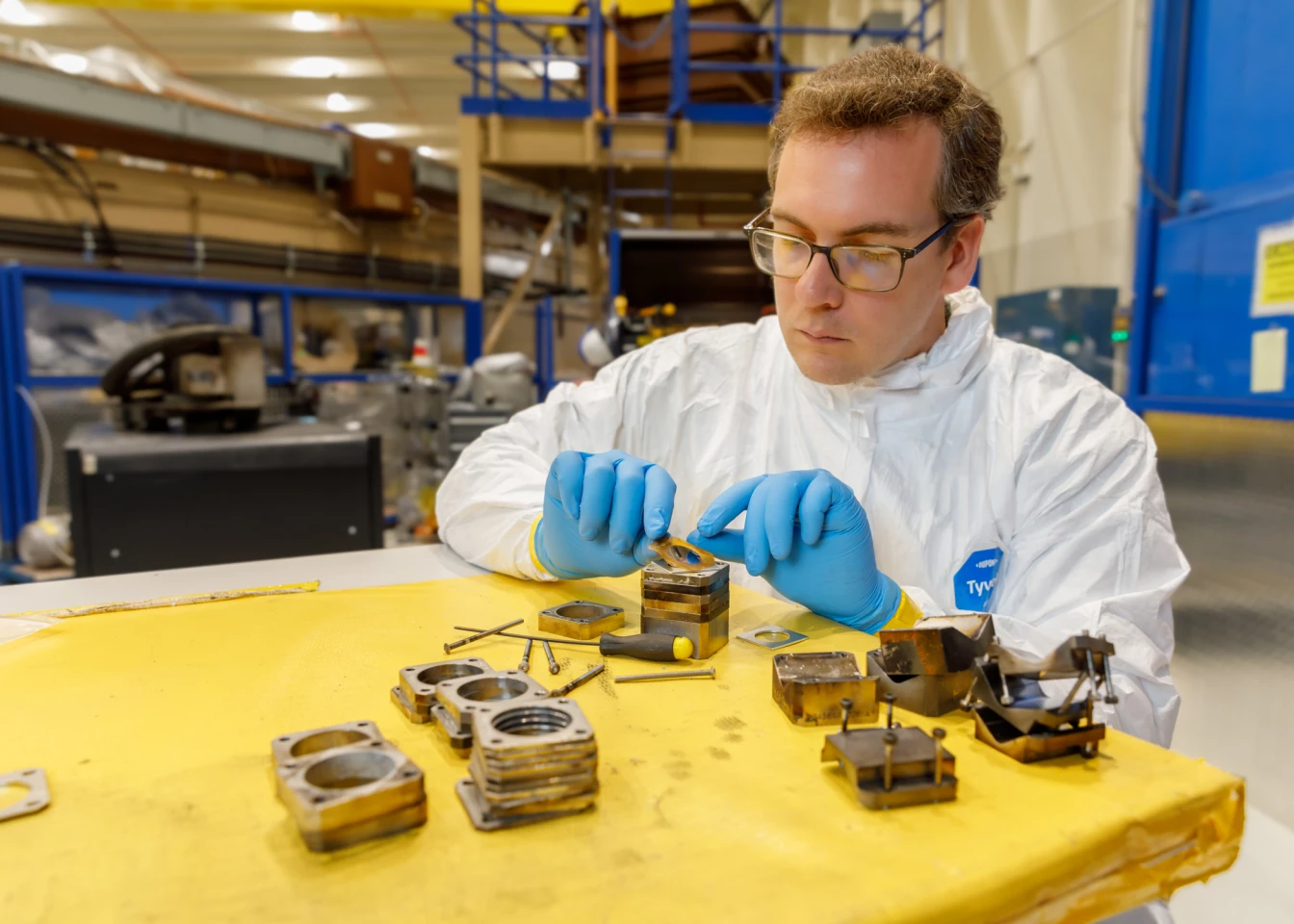Inspired by seashells, scientists at Sandia National Laboratories have engineered a versatile new material that’s incredibly inexpensive, strong, lightweight, and heat resistant. The material could find use in shielding for spacecraft or fusion facilities.
Seashells are notoriously tough, and that’s thanks to their unique structure of alternating layers of organic and inorganic materials. Layers of inorganic nanograins provide strength, while organic proteins “glue” them together, provide cushioning and prevent cracks from propagating between layers.
The Sandia scientists mimicked this structure to make their own material. In this case, the organic layers consist of carbon black made from burnt sugar, while the inorganic layers are silica. This simple-sounding material is not only strong, but extremely light, weighing just a few micrograms per layer.
The team measured the material to have a hardness of over 11 GigaPascals (GPa), and an elastic modulus (stiffness, essentially) of 120 GPa. It also showed an exceptional ability to withstand heat, with the researchers testing it at over 1,150 °C (2,102 °F) and estimating it should survive up to 1,650 °C (3,002 °F).
Perhaps most importantly, from a practicality point of view, the new material is incredibly cheap to produce. A 5-cm (2-in) square of the material costs just 25 cents, compared to hundreds of dollars for a similar-sized wafer of beryllium, the material with the closest thermal and mechanical properties, according to the team.
The icing on the cake is that the material is relatively environmentally friendly to make, requiring only ethanol to be added during the production process.

This intriguing combination of properties means that the new seashell-inspired material could be very useful in spacecraft shielding, able to withstand the heat of launch and protect against impacts from tiny debris. Keeping weight and costs to a minimum is also crucial for space launches, and the material helps in those regards too.
The material could also improve shielding for reactors like Sandia’s own Z Pulsed Power Facility, an experimental electromagnetic wave generator, where it can stand up against an onslaught of heat, radiation and debris.
The research was published in the journal MRS Advances.
Source: Sandia National Laboratories





